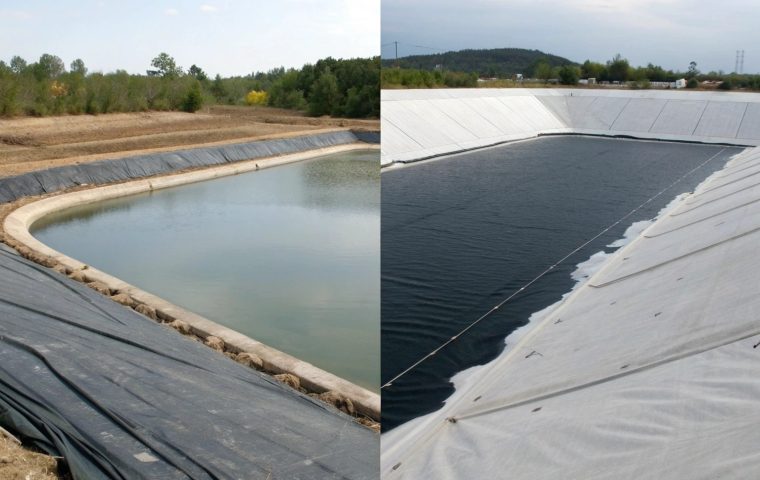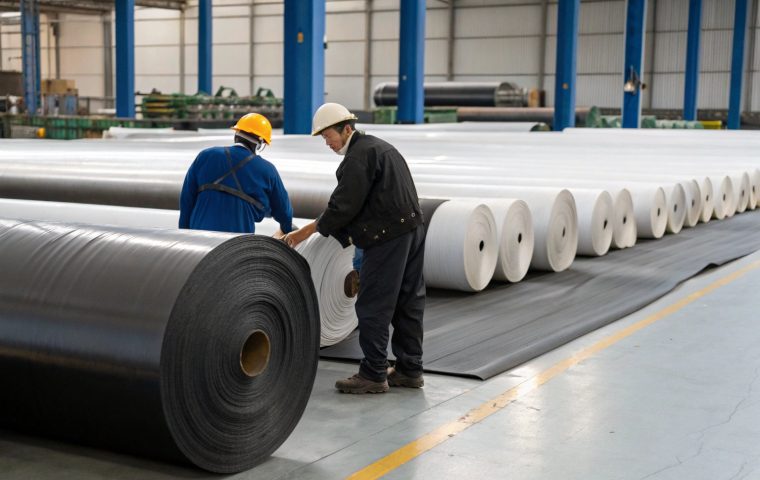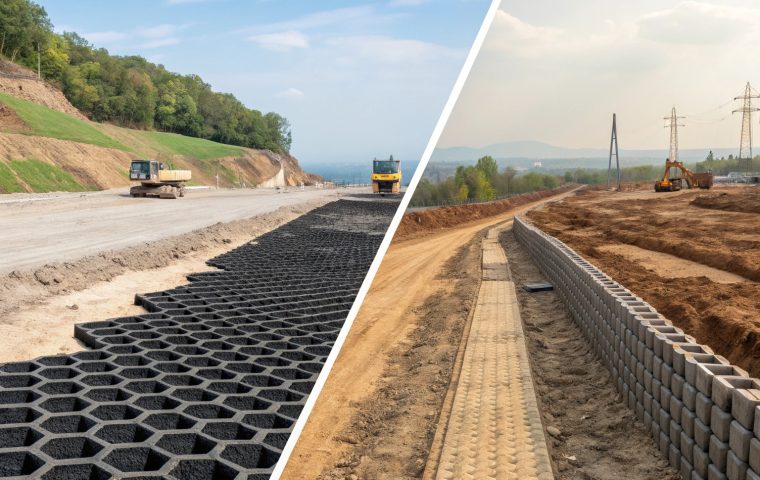You need a reliable containment solution, but traditional materials like concrete crack and clay liners degrade. A failure could lead to costly environmental damage, project delays, and regulatory fines.
HDPE geomembranes offer superior chemical resistance, high tensile strength, and extremely low permeability. Their durability against UV radiation and weathering, combined with a long service life, makes them a reliable and cost-effective solution for long-term containment projects.

The exceptional performance of HDPE isn't an accident; it's a result of its unique molecular structure and the advanced manufacturing process behind it. While many materials can hold water, very few can offer the same level of security, longevity, and versatility across such a wide range of demanding industrial and environmental applications. So, what exactly sets it apart from other options, and how do its technical properties translate into real-world performance? Let's break down the core advantages to help you make a more informed decision for your next project.
What makes HDPE geomembranes different from other lining materials?
Choosing a liner can be confusing. Concrete is prone to cracking, compacted clay can dry out and erode, and other plastic liners might not hold up to harsh chemicals or sunlight.
Unlike porous materials like concrete or clay, HDPE geomembranes provide a virtually impermeable barrier. Compared to other plastics like PVC, HDPE offers far superior UV stability, broad chemical resistance, and greater tensile strength, making it more durable for harsh, exposed applications.
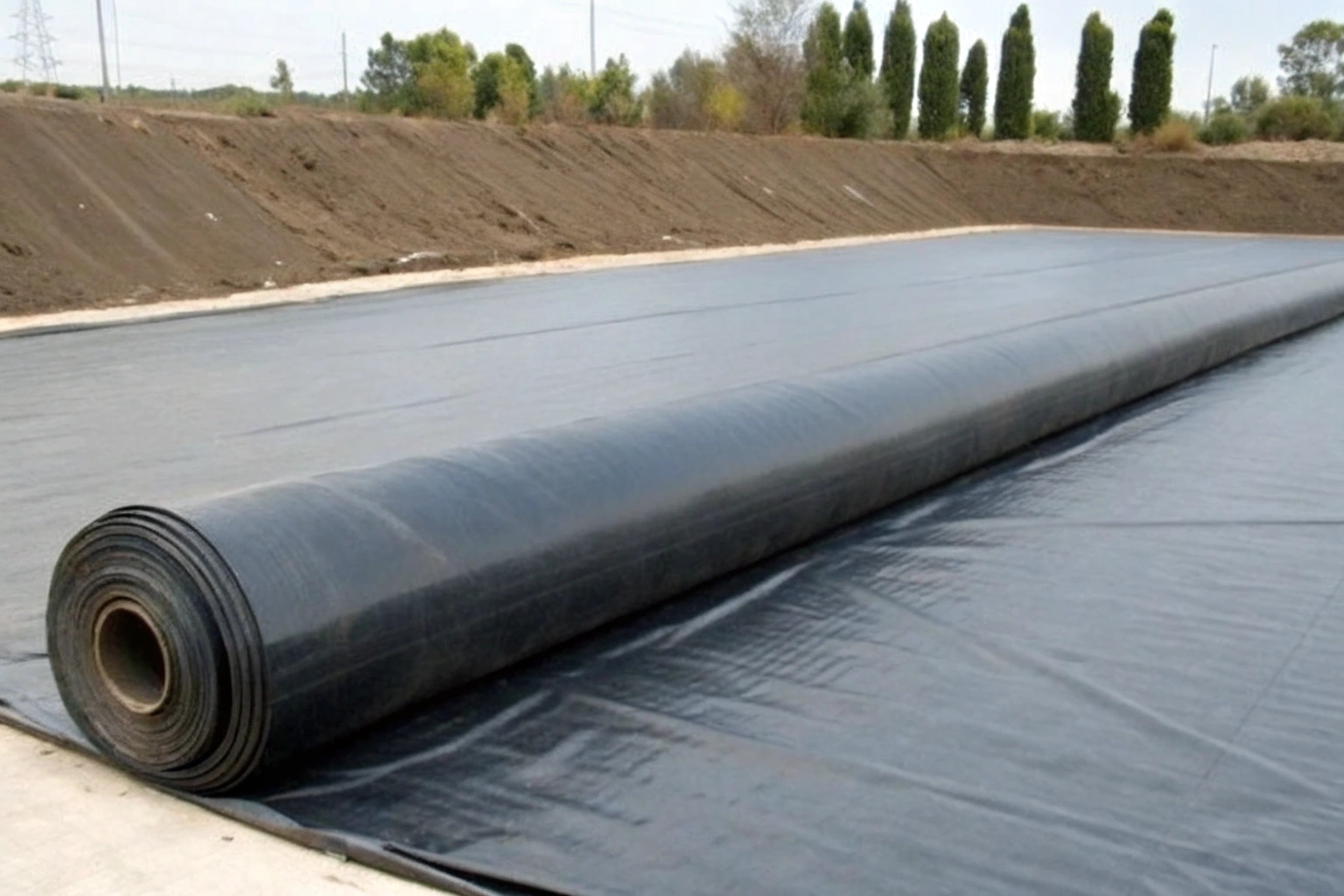
The core difference lies in the high-density polyethylene resin itself. Its tightly packed molecular structure is what gives it such low permeability and makes it inert to a wide spectrum of chemicals. While a concrete basin might seem strong, it's inherently porous and will eventually leak without a secondary liner. It's also susceptible to chemical attack from acids or sulfates, which can cause it to degrade over time. Compacted clay liners, while a natural option, require specific moisture levels to remain effective and can be easily damaged by freeze-thaw cycles or root penetration. HDPE overcomes these limitations by providing a consistent, factory-manufactured barrier that can be welded into a single, monolithic sheet on-site, ensuring a complete and verifiable seal for your project.
HDPE vs. Traditional Liners
| Feature | HDPE Geomembrana | Reinforced Concrete | Compacted Clay Liner |
|---|---|---|---|
| Permeability | Extremely Low (Virtually Impermeable) | Moderate to High (Prone to cracking) | Low to Moderate (Variable) |
| Resistência química | Excellent (Acids, bases, solvents) | Poor (Susceptible to corrosion) | Moderate (Can degrade) |
| Installation Speed | Fast (Large rolls, field welding) | Slow (Requires forming, curing) | Slow (Requires heavy equipment) |
| Maintenance | Minimal | High (Requires sealing, crack repair) | Moderate (Requires moisture control) |
How do HDPE geomembranes perform in terms of waterproofing, strength, and durability?
You need a liner that absolutely will not leak, tear during installation, or break down after a few years. A failure in any of these areas puts your entire project and investment at risk.
HDPE provides exceptional waterproofing due to its extremely low permeability. Its high tensile strength and puncture resistance ensure mechanical durability against physical stress, while excellent UV and chemical resistance guarantees long-term durability, with a service life up to 100 years when buried.
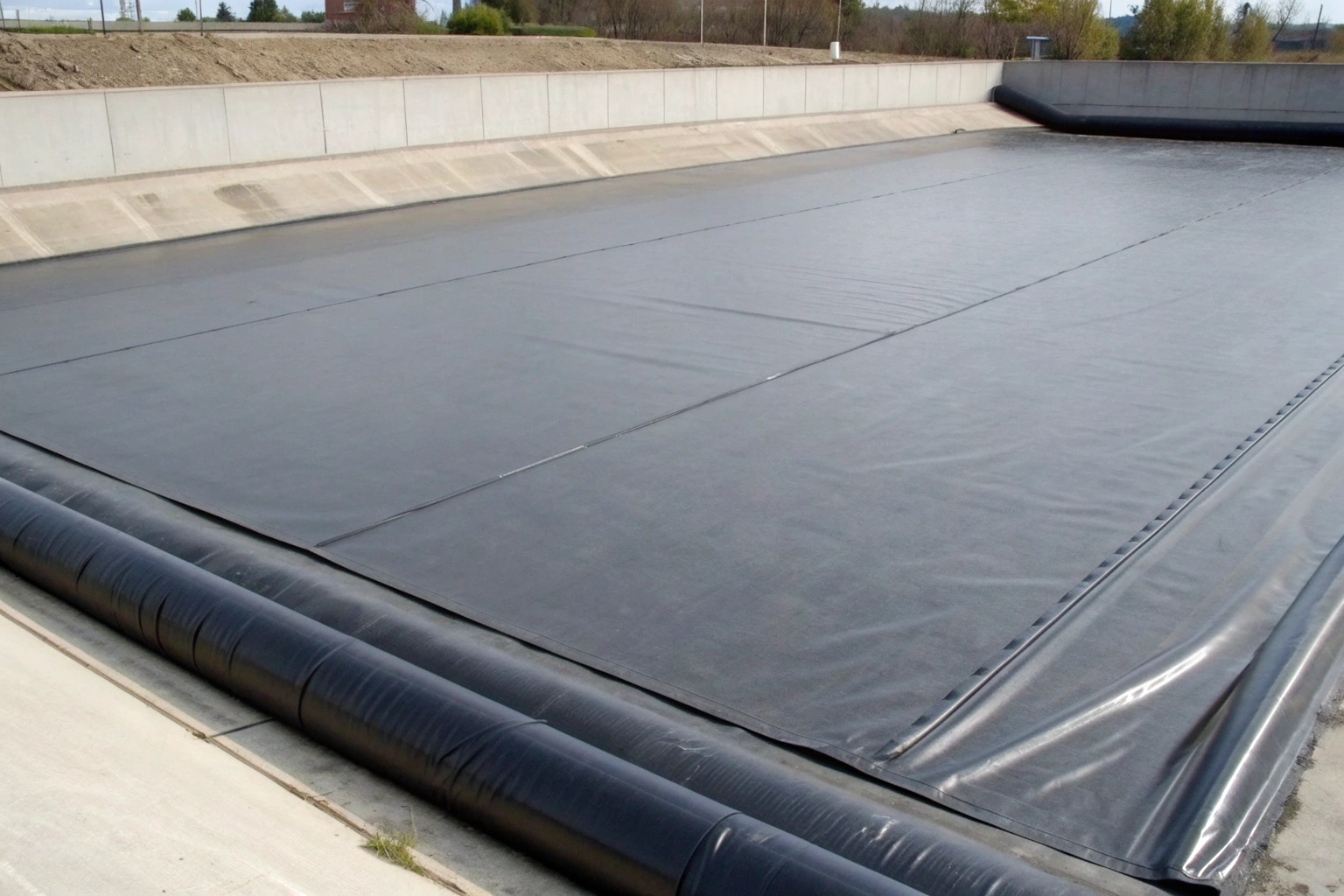
The performance of HDPE is quantifiable and reliable. Its waterproofing capability is a direct result of its manufacturing process, creating a non-porous sheet that blocks liquids and gases. For strength, the high tensile properties mean it can withstand the stresses of subgrade settlement and heavy loads without failing. This is crucial in applications like landfills where the weight on the liner is immense. Durability is further enhanced by additives, primarily carbon black, which is added at about 2-3% concentration. This gives the geomembrane its characteristic black color and provides outstanding resistance to UV radiation, allowing it to be used in exposed applications like reservoirs and canals for decades without significant degradation. The material is also inert, meaning it doesn't react with most chemicals, preserving its integrity in harsh containment scenarios.
Core Performance Metrics
| Performance Aspect | HDPE Specification | Real-World Benefit |
|---|---|---|
| Waterproofing | Very low water vapor and liquid permeability. | Prevents leakage of contaminants into soil and groundwater. |
| Strength | High tensile strength and puncture resistance. | Resists damage from sharp rocks, equipment, and subgrade shifting. |
| Durability | Excellent UV and chemical resistance. | Long service life (20-30 years exposed, 50-100 years buried). |
What project types benefit most from using HDPE or LLDPE geomembranes?
Not every project has the same requirements for chemical containment, flexibility, or UV exposure. Using a one-size-fits-all liner can be an inefficient and expensive mistake.
HDPE is ideal for large-scale projects requiring high chemical and UV resistance, like landfills, mining leach pads, and large water reservoirs. The more flexible LLDPE is better suited for applications needing to conform to uneven subgrades or complex shapes, like decorative ponds and secondary containment.
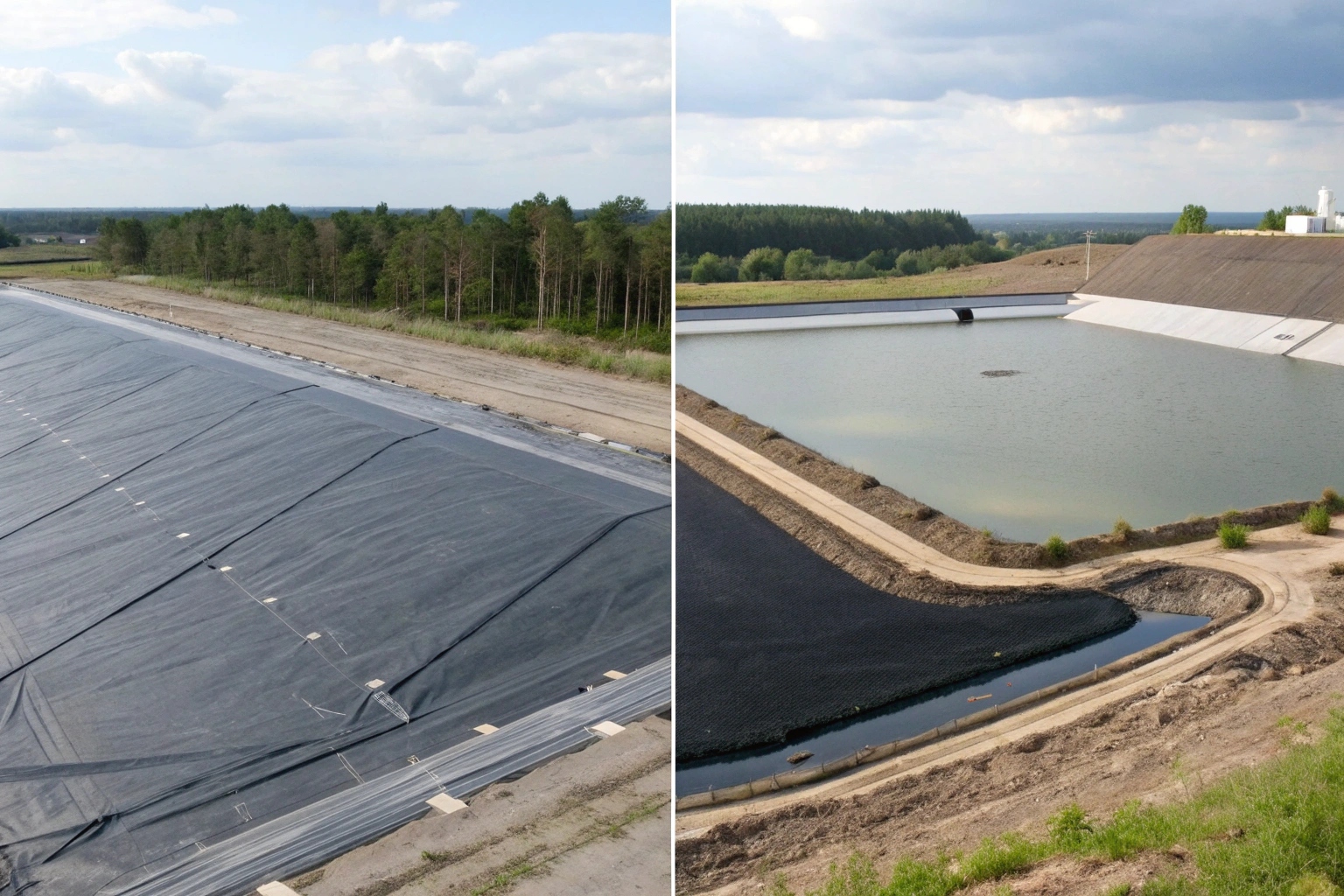
The choice between High-Density (HDPE) and Linear Low-Density (LLDPE) Polyethylene allows for tailored solutions. HDPE's rigidity and superior chemical resistance make it the industry standard for the most demanding applications.
Landfills and Waste Management
Here, the liner must contain hazardous leachates for decades. HDPE's exceptional chemical resistance to acids, bases, and solvents makes it the only reliable choice to protect groundwater from contamination.
Mining and Energy
Heap leach pads in mining operations use harsh chemical solutions to extract metals. HDPE's ability to withstand these chemicals without degrading is critical. It's also used for evaporation ponds and containment for fracking wastewater.
Water Containment and Aquaculture
For large reservoirs, canals, and agricultural ponds, HDPE provides a durable, UV-resistant, and waterproof barrier that prevents water loss. In aquaculture, its inert and non-toxic properties ensure a safe environment for fish farming. LLDPE is often preferred for smaller, more detailed ponds where its flexibility makes installation easier.
How can I ensure long-term performance and cost-effectiveness when choosing PE geomembranes?
Buying a quality product is only half the battle. Poor installation, or choosing the wrong thickness, can completely undermine the liner's performance and waste your entire investment.
Ensure long-term performance by selecting the correct thickness (0.5 mm to 3 mm+) for your application's load requirements and insisting on professional installation with quality seam testing. Cost-effectiveness comes from its long service life and low maintenance needs, which far outweigh the initial investment.
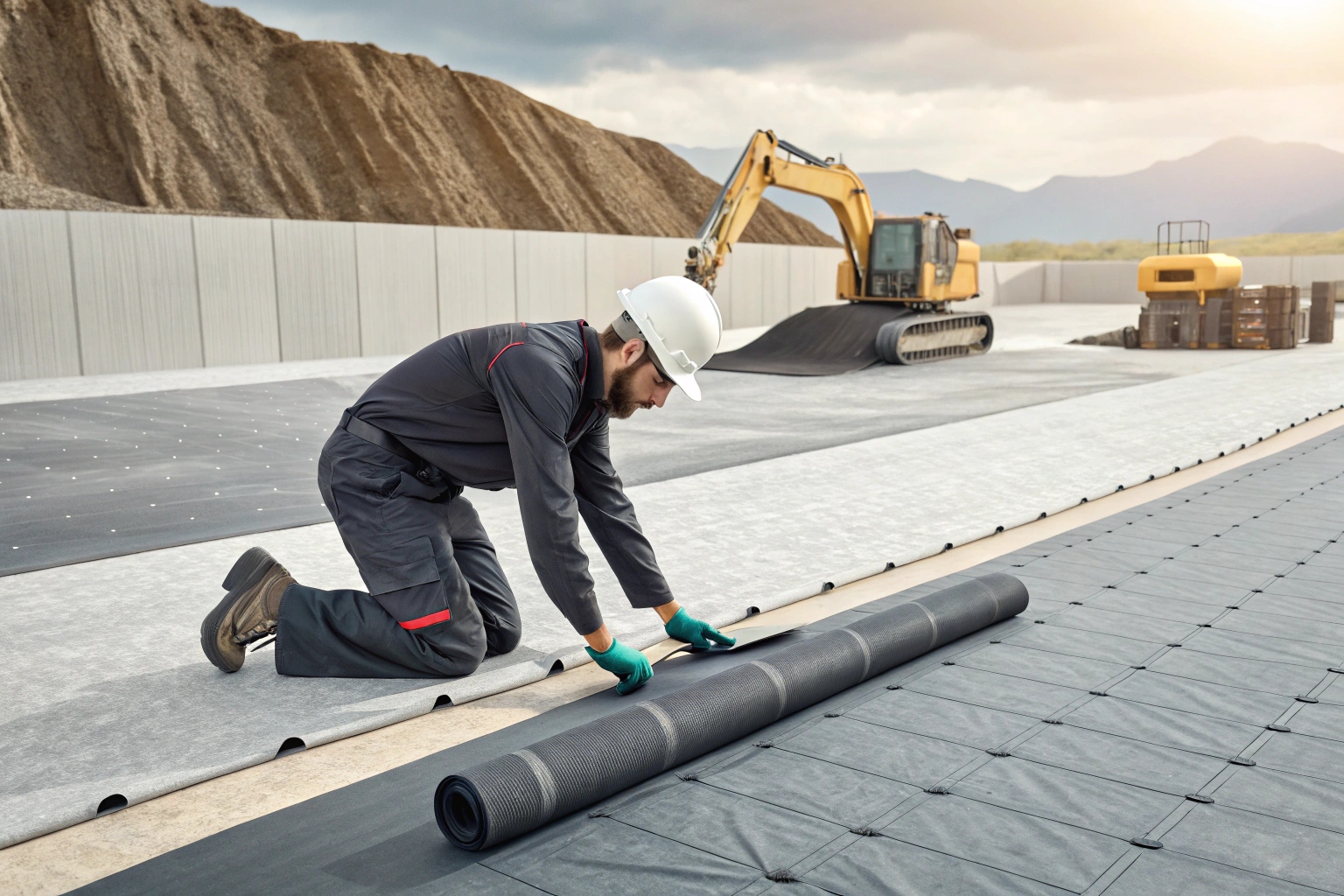
True cost-effectiveness is measured over the lifecycle of the project, not just the upfront material price. While HDPE may have a higher initial cost per square meter than a simple clay liner, its longevity and near-zero maintenance needs make it far more economical in the long run.
Choosing the Right Thickness
The required thickness depends on the project. A decorative pond may only need a 0.75 mm liner, while a landfill or heap leach pad will require a much thicker membrane (e.g., 2.0 mm or more) to handle the extreme physical and chemical stresses.
The Importance of Professional Installation
The integrity of the entire system depends on the quality of the seams. HDPE panels are joined in the field using specialized thermal welding techniques like hot-wedge or extrusion welding. These seams must be tested using methods like air pressure or vacuum box testing to ensure they are 100% leak-proof. A certified installer is essential for guaranteeing performance.
Understanding Lifecycle Cost
A concrete canal may need crack repairs every few years. A clay liner might need to be rebuilt after a decade. An HDPE-lined system, when installed correctly, can function for 50 years or more with minimal intervention, delivering a much lower total cost of ownership.
Conclusão
HDPE geomembranes offer an unmatched combination of durability, chemical resistance, and long-term cost-effectiveness, making them the superior choice for critical containment projects worldwide.

